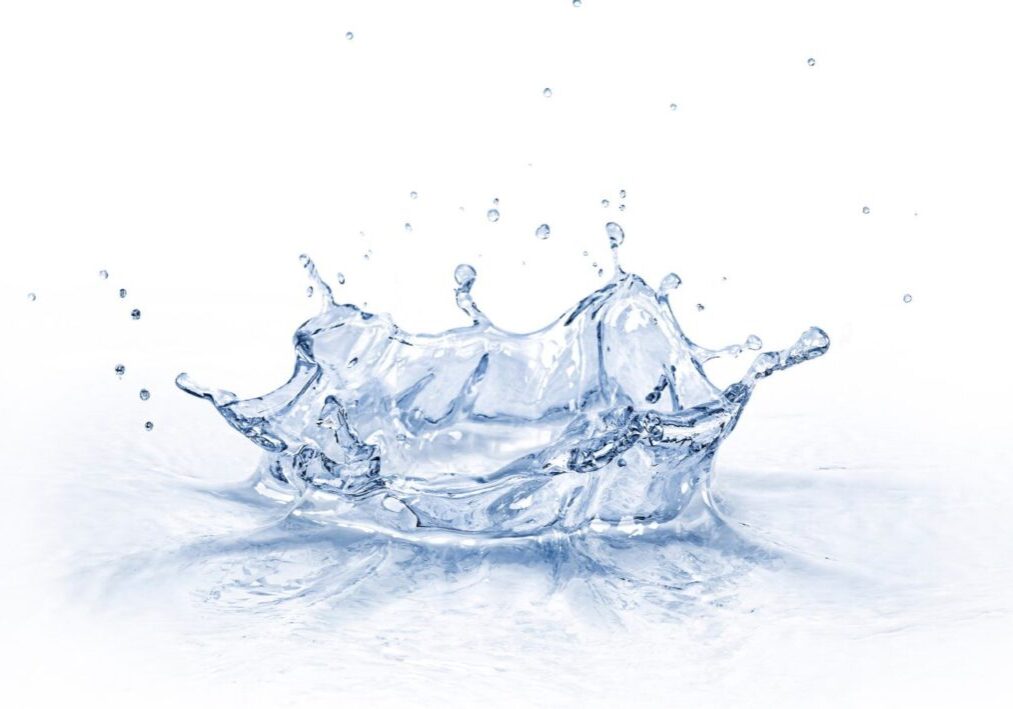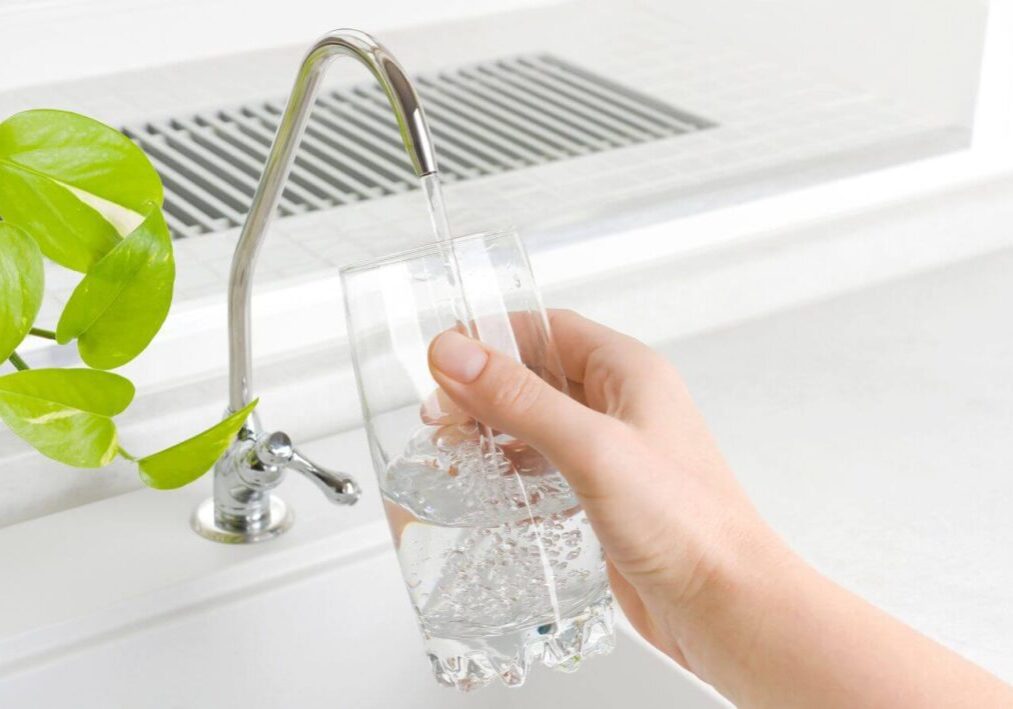05 Jan 2024
Reviving Old Hand Pumps: Restoration Tips and Tricks
If you find yourself in possession of an old hand pump, you’re not just holding a piece of history; you might have a functional gem waiting to be restored. In this comprehensive guide, we’ll dive into the art of reviving old hand pumps. Whether you’re a homeowner seeking a rustic touch or someone passionate about vintage machinery, let’s explore the restoration journey together. Get ready to roll up your sleeves and breathe new life into these fascinating water pump relics!
Understanding the Beauty of Old Hand Pumps
Before we delve into the restoration process, let’s take a moment to appreciate the historical significance and charm of old hand pumps:
- Nostalgia: Old hand pumps evoke a sense of nostalgia, transporting us back to a simpler time when communities relied on these sturdy machines for their water supply. The creaking of the handle and the rhythmic pumping action remind us of the hard work and perseverance of our ancestors. Additionally, these pumps often feature intricate designs and craftsmanship, showcasing the artistry and attention to detail that was valued in the past.
- Aesthetic Appeal: Old hand pumps also have a unique aesthetic appeal that adds character to any space. The weathered wood, rusted metal, and worn-out paint tell a story of years of use and give the pump a rustic charm that cannot be replicated. Their vintage look can enhance the visual appeal of gardens, parks, or historical sites, creating a nostalgic atmosphere that captures the imagination of visitors. These pumps often boast intricate designs and craftsmanship, adding a touch of vintage aesthetics to your surroundings.
- Sustainability: Old hand pumps are not only visually appealing but also sustainable. Unlike modern electric pumps that rely on electricity or fuel, hand pumps require no external power source. This makes them an eco-friendly option that reduces energy consumption and carbon emissions. Additionally, the materials used in old hand pumps, such as wood and metal, are often durable and long-lasting, contributing to their sustainability. By choosing to use and preserve these vintage pumps, you are promoting a more sustainable way of living and preserving a piece of history at the same time. Reviving and using an old hand pump aligns with sustainability principles, promoting the reuse of existing resources rather than discarding them.
The Restoration Process: Tips and Tricks
1. Assessment and Documentation:
Start by thoroughly assessing the condition of the hand pump. Take notes or photographs to document its current state. Identify any visible damage, missing parts, or signs of corrosion.
Before beginning the restoration process of old hand pumps, it is important to thoroughly assess and document the condition of the pump. This includes taking detailed photographs, noting any damage or missing parts, and identifying any potential issues that may need to be addressed during the restoration. This initial assessment will serve as a reference point throughout the restoration process and help ensure that all necessary repairs are made. Additionally, it is important to research the history and original design of the hand pump to maintain its authenticity during the restoration process.
2. Cleaning and De-Rusting:
After disassembling the old hand pump, the next step in the restoration process is cleaning and de-rusting. Begin by removing dirt or debris from the pump parts using a brush or compressed air. Then, soak the parts in a solution of vinegar and water to help dissolve rust. For stubborn rust, use a wire brush or sandpaper to gently scrub away the corrosion. Once all rust has been removed, thoroughly rinse and dry the parts before moving on to the next step of the restoration process.
Begin the restoration process by cleaning the pump. Remove dirt, grime, and rust using a wire brush, sandpaper, or a rust converter. This step is crucial for a smooth finish and to prevent further deterioration.
3. Replacement Parts:
Identify any missing or irreparably damaged parts. Depending on the pump’s make and model, you might find replacement parts online or through speciality stores that cater to vintage machinery.
When it comes to restoring old hand pumps, finding the right replacement parts is crucial. It is important to source authentic and high-quality components that match the original design and functionality of the pump. This may involve searching for specialized suppliers or even considering custom-made parts to ensure a seamless restoration process. Additionally, it is advisable to consult with experts or experienced individuals in the field who can guide identifying and acquiring the correct replacement parts for your specific hand pump model
4. Lubrication:
Apply a suitable lubricant to movable parts like the pump handle and piston. This ensures smooth operation and prevents friction-related wear and tear.
Proper lubrication is crucial in the restoration process of old hand pumps. It helps to ensure smooth functioning and prevent any potential damage caused by friction. When selecting a lubricant, it is important to choose one that is specifically designed for mechanical parts and is compatible with the materials used in the hand pump. Additionally, regular lubrication maintenance should be carried out to keep the pump in optimal condition and extend its lifespan.
5. Painting and Finishing:
Once the old hand pump has been cleaned and repaired, the next step in the restoration process is painting and finishing. This is an important step as it not only enhances the overall appearance of the pump but also protects it from rust and other damages.
Before painting, it is crucial to choose a high-quality paint that is suitable for outdoor use. This will ensure that the paint withstands weather conditions and lasts for a long time. Additionally, it is recommended to apply a primer before painting to create a smooth surface and improve paint adhesion.
When applying the paint, make sure to do so in thin, even coats to avoid drips or uneven coverage. It is advisable to use a brush or spray gun for better control and precision. Once the paint has dried completely, applying a clear coat or sealant can provide an extra layer of protection against UV rays and moisture.
Lastly, don’t forget about finishing touches such as adding decorative elements or replacing worn-out parts like handles or knobs. These small details can greatly contribute to the overall aesthetic appeal of the restored hand pump.
Choose a rust-resistant primer and paint to protect the pump from the elements. Opt for colors complementing your surroundings or maintaining the original aesthetic if possible.
6. Seal and Protect:
Once the restoration process of old hand pumps is complete, it is crucial to seal and protect them to ensure their longevity. Applying a coat of weather-resistant sealant will help prevent rust and corrosion caused by exposure to moisture and other elements. Additionally, regularly applying a protective wax or oil-based finish will help maintain the pump’s appearance and protect it from UV damage
Use a clear sealant or varnish to protect the painted surfaces. This step adds an extra layer of defense against weathering, ensuring the pump remains vibrant for years to come.
7. Testing and Adjustments:
Once the sealing and protection process is done, it is important to conduct thorough testing and make any necessary adjustments. This includes checking for proper water flow, ensuring the handle operates smoothly, and confirming that all components are securely in place. By conducting these tests and adjustments, you can ensure that the restored hand pump functions effectively and efficiently.
Before installing the pump, conduct a series of tests. Check for leaks, ensure proper water flow, and make any necessary adjustments. This ensures the pump is not only decorative but also functional.
Choosing the Right Water Pump for Home Use
If your goal is not just to restore but also to use the hand pump for practical purposes, consider the following tips:
1. Submersible Pumps:
Submersible pumps are ideal for deep water sources. They are installed underwater and are more discreet, making them suitable for both aesthetic and functional purposes.
2. Flow Rate and Pressure:
Assess your water needs. Different pumps offer varying flow rates and pressure capabilities. Choose a pump that aligns with your household water requirements.
3. Power Source:
Hand pumps operate manually, but if you’re considering a modern water pump for additional water sources, decide between electric, solar, or manual options based on your location and energy preferences.
4. Consult with Experts:
If you’re uncertain about the type of pump that suits your needs, consult with water pump service providers. They can provide insights based on your water source, usage, and location.
Pump Solutions: Balancing Form and Function
When it comes to water pumps, finding the right balance between functionality and aesthetics is key. Here are some additional tips:
- Customization: Consider customization options to blend the pump seamlessly into your landscape. This could involve painting it to match your surroundings or incorporating decorative elements.
- Landscaping Integration: Integrate the pump into your landscaping design. Surround it with plants or create a small water feature to enhance its visual appeal.
- Maintenance Routine: Implement a regular maintenance routine to ensure the pump remains in good condition. Lubricate moving parts, check for rust, and address any issues promptly.
Conclusion: Pumping Life Into History
Congratulations! You’ve embarked on a journey to revive and repurpose an old hand pump. Whether you’re drawn to its historical charm or seeking a unique water solution, the restoration process can be a fulfilling endeavour. Remember to balance the practical aspects of functionality with the aesthetics that make these pumps true works of art. As you bring your hand pump back to life, you’re not just restoring a piece of history; you’re creating a functional and captivating piece of your own. Happy pumping!
You May Also Like



